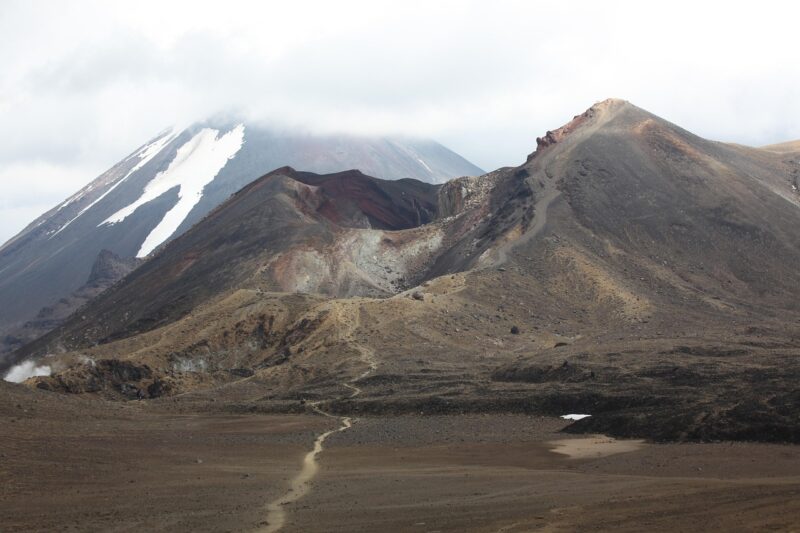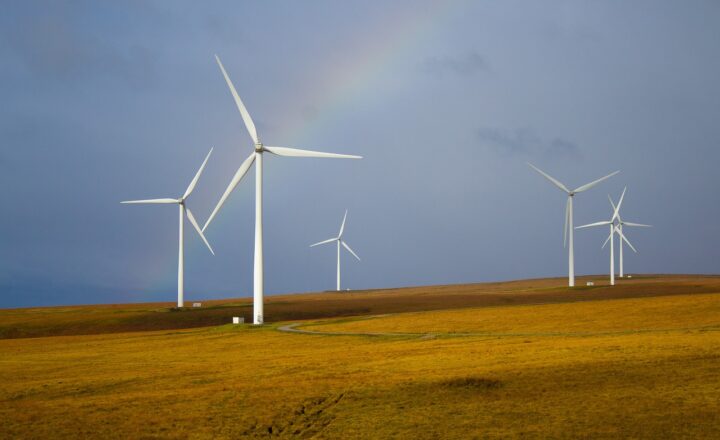From Iceland’s Volcanoes to Hawaii’s Lava Fields: Exploring Earth’s Fiery Landscapes
November 13, 2024

The Earth is a dynamic and ever-changing planet, with forces at work that can shape entire landscapes in a matter of moments. Among the most fascinating of these forces are volcanoes, which can create some of the most stunning—and harsh—environments on Earth. From Iceland, with its icy glaciers and fiery magma, to Hawaii’s tropical lava fields, the exploration of volcanic landscapes reveals the intricate dance between destruction and creation.
1. The Nature of Volcanoes: How They Work
Volcanoes are formed when magma from the Earth’s mantle escapes to the surface. This process can occur in many ways, including:
- Subduction Zones: Where one tectonic plate moves under another, causing magma to rise.
- Rift Zones: Where tectonic plates pull apart, allowing magma to ooze from below.
- Hotspots: Areas where magma rises from deep within the mantle, like the Hawaiian Islands.
The type of eruption can vary widely, resulting in different volcanic landscapes. Some eruptions are explosive, shooting ash and gas into the atmosphere, while others are effusive, allowing lava to flow gently from the volcano’s summit.
2. The Volcanic Wonders of Iceland
Iceland is perhaps one of the most volcanically active places on Earth, thanks to its location on the Mid-Atlantic Ridge. This unique geological setting makes it a hotbed for geological activity, resulting in a dramatic landscape characterized by:
- Volcanoes: The famous Eyjafjallajökull erupted in 2010, resulting in the largest ash cloud in Europe since the Second World War, showcasing both the power and unpredictability of volcanic eruptions.
- Lava Fields: Vast expanses of hardened lava, such as the Eldhraun lava field, display a rugged, surreal beauty, often covered in bright green moss.
- Geothermal Features: Geysers, hot springs, and mud pits underscore Iceland’s volcanic nature, adding an otherworldly feel to the landscape.
Visitors to Iceland can experience eruptions, explore lava tubes, and take a dip in naturally heated hot springs. This fusion of fire and ice creates an environment like no other on Earth.
3. Hawaii: The Lucrative Lava Fields
In stark contrast to Iceland’s icy climate, Hawaii showcases lush, tropical landscapes intertwined with volcanic landforms. The Hawaiian Islands were formed from hotspots, leading to notable characteristics such as:
- Shield Volcanoes: The islands’ primary volcanoes, like Mauna Loa and Kilauea, are characterized by gentle slopes and fluid lava flows that create vast lava plains.
- Lava Tubes: One of the most impressive examples is the Thurston Lava Tube, where visitors can walk through tunnels formed by flowing lava thousands of years ago.
- Black Sand Beaches: The erosion of lava rocks creates stunning beaches like Punaluʻu, where the contrast of vibrant colors captivates beachgoers.
The Kilauea volcano’s 2018 eruption significantly changed the landscape, with lava flows adding new land to the island, emphasizing the continuous change driven by volcanic activity.
4. The Impact of Volcanic Landscapes on Biodiversity
Despite their destructive nature, volcanic landscapes play a significant role in supporting a diverse array of flora and fauna. These environments create unique habitats where:
- Nutrient-Rich Soils: Volcanic ash enriches the soil, promoting diverse plant life. As plants grow, they provide habitat for a variety of animal species.
- Microclimates: Different elevations and geothermal activity create various microclimates that support distinct ecosystems.
- Evolutionary Opportunities: Isolated volcanic islands, like those found in Hawaii, present unique opportunities for species to evolve without outside competition.
Nonetheless, volcanic eruptions pose serious threats to human settlements and natural habitats, highlighting the dual nature of these landscapes as both creators and destroyers.
5. Volcanic Tourism: A Fiery Adventure
The exploration of volcanic landscapes has become a significant aspect of tourism in many regions around the world. Destinations such as Iceland and Hawaii attract millions of visitors eager to witness firsthand the power of nature. Popular activities include:
- Guided Tours: Tour companies offer packages that educate visitors about volcanic activity while allowing them to observe stunning landscapes safely.
- Hiking & Climbing: Adventurers can hike up active and dormant volcanoes, enjoying breathtaking views and unique geologic formations along the way.
- Cultural Experiences: Visitors can learn about the myths, legends, and scientific understanding of volcanoes through interactive exhibits and local guides, enhancing their appreciation of these natural wonders.
In conclusion, from Iceland’s icy volcanoes to Hawaii’s magnificent lava fields, the exploration of these fiery landscapes offers a remarkable insight into the Earth’s geological dynamic and the delicate balance between creation and destruction. By embracing these environments, we can gain a greater understanding of our planet’s processes, appreciate their beauty, and recognize the role we play in their preservation for future generations.
Conclusion
Volcanic landscapes remind us of nature’s raw power and the ever-watchful eye required to live in harmony with our planet. As exploration continues, the stories told by these fiery terrains will not only enrich our understanding but also deepen our respect for the forces that shape our world.
By investigating the dual nature of volcanic activity and its implications for biodiversity and tourism, we can appreciate the vibrancy and fragility of these unique environments. As stewards of the Earth, we must ensure that our explorations serve to protect and enhance these natural wonders for future generations to enjoy.







